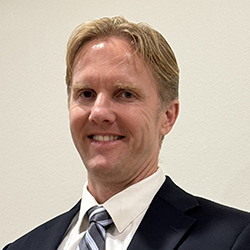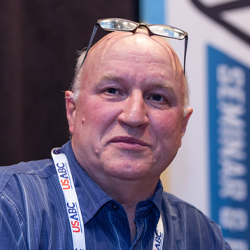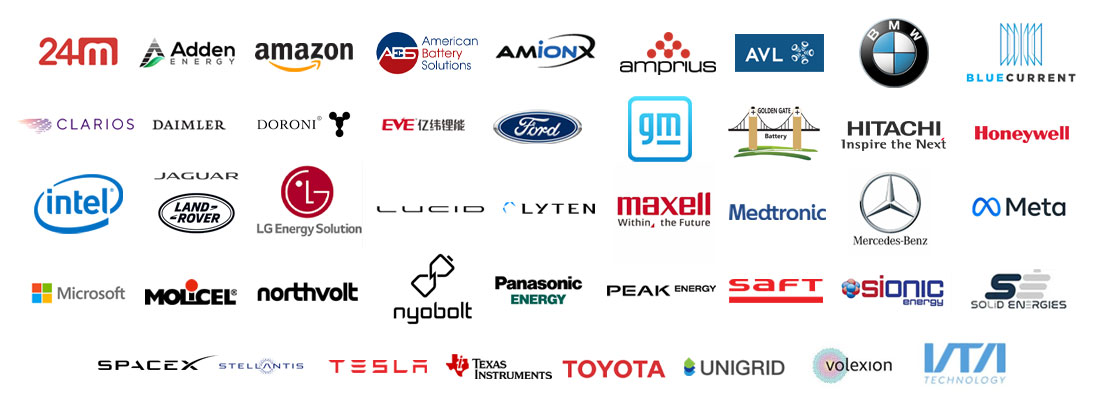1983年に創設されたInternational Battery Seminar & Exhibitは、コンシューマー、自動車、軍事、電力網、産業アプリケーション向けに、世界のエネルギー貯蔵技術の最新動向を紹介する一流のイベントとして、その地位を確立してきました。世界で最も長い歴史を持つ、バッテリー業界の年次イベントであるこの会議は、重要な開発や新製品を発表し、最先端のバッテリー技術を披露する場として常に高い人気を得ています。たとえば、ソニーは1991年に初めてリチウムイオン技術を発表する場としてInternational Battery Seminarを選び、この偉業はその後、世界を変えることになりました。
2025年は、主要OEM、セル製造業者、パックインテグレーター、材料・コンポーネント開発企業、一流の学術研究者、国立研究所、主な政府機関、そして先進のバッテリーサプライチェーン全体から、著名なバッテリー技術者がオーランドに集まりました。 »出席者リスト(一部)
2026年 会議プログラム





Friends of the Florida Battery Conference,
2025 Plenary Keynotes

Can We Have a Safe Lithium-Metal Battery?
Shirley Meng, PhD
Director, Energy Storage Research Alliance, Argonne National Laboratory; The Liew Family Professor, The University of Chicago

The Importance of Passive Propagation Resistance in Battery Pack Design
Troy Hayes, PhD
Director of Quality, Tesla

A Comprehensive Analysis of Modern Silicon-Carbon Nanocomposite Negative Electrode Materials for Li-ion Batteries
Jeff Dahn, FRSC, PhD
Professor of Physics and Atmospheric Science, NSERC/Tesla Canada Industrial Research Chair, Canada Research Chair, Dalhousie University

This and Next-Generation Battery Development - A UK Perspective
Martin Freer
CEO, Faraday Institution
International Battery Seminar & Exhibitに出席する主な理由
■
Jeff Dahn教授やTeslaといった著名な業界リーダーが基調講演を行う、数少ないイベントの1つです。Jeff Dahn教授のh指数は、163です。■
世界で最も長い歴史を持つ、バッテリー業界の年次イベントです。ソニーは1991年に初めてリチウムイオン技術を発表する場として、International Battery Seminar & Exhibitを選び、この偉業はその後、世界を変えることになりました。■
主要OEM、セル製造業者、パックインテグレーター、材料・コンポーネントプロバイダー、一流の学術研究者、国立研究所、主な政府機関、そして先進のバッテリーエコシステム全体から2,000名以上のバッテリー技術者とネットワークを構築できます。■
50社以上のOEM・バッテリー開発企業から最新の研究計画について直接聞くことができるほか、サプライチェーンのあらゆる分野を代表する150名の講演者も登壇します。■
250社以上の一流のスポンサーや出展者と交流できます。主要OEM・バッテリー開発企業から直接お聞きください!
